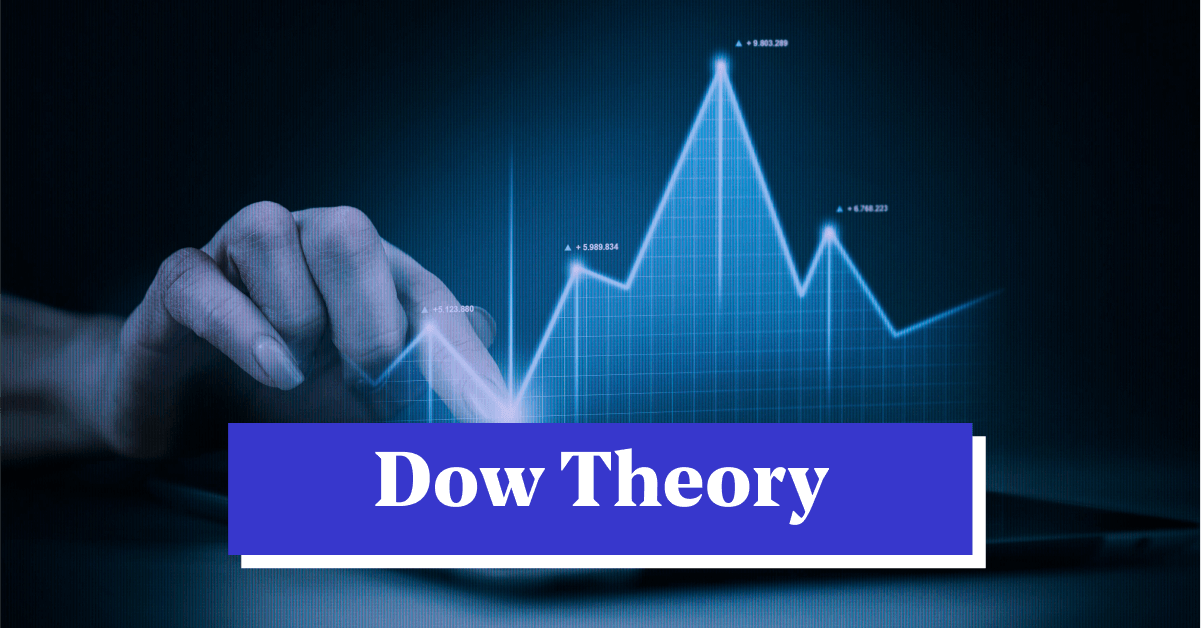The Dow Jones Industrial Average (DJIA), commonly known as “The Dow,” is one of the most recognized stock market indices in the United States. Established in 1896 by Charles Dow and Edward Jones, it serves as a barometer for the U.S. economy, reflecting the performance of 30 large, publicly-owned companies across various industries.
Understanding the Dow Jones Industrial Average
The DJIA is a price-weighted index, meaning that each of its 30 components influences the index in proportion to its stock price. This methodology implies that higher-priced stocks have a more significant impact on the index’s movements than lower-priced ones. To maintain consistency amid corporate actions like stock splits or mergers, the Dow Divisor—a constant used in the index’s calculation—is adjusted accordingly.
Composition of the Dow
The DJIA comprises 30 companies selected to represent a broad cross-section of the U.S. economy. These companies are leaders in their respective sectors, including technology, consumer goods, healthcare, and finance. Notably, the index excludes companies from the transportation and utility sectors, which are covered by separate Dow indices. Over time, the composition of the Dow has evolved, with companies being added or removed to reflect changes in the economy. For instance, in August 2020, Salesforce, Amgen, and Honeywell joined the Dow, replacing ExxonMobil, Pfizer, and Raytheon Technologies.
Impact of the Dow on the Stock Market and Investments
As a widely followed index, the Dow influences investor sentiment and market dynamics. Movements in the Dow can affect individual investment portfolios, especially those heavily weighted in the index’s components. However, it’s essential to recognize that the Dow represents only a subset of the market. Investors seeking broader market exposure often look to indices like the S&P 500, which includes 500 companies and provides a more comprehensive view of the market’s performance.
Recent Performance and Market Influence
The Dow’s performance is closely watched as an indicator of economic health. For example, on April 10, 2025, the index experienced a significant decline of over 1,000 points (approximately 2.5%). This drop was primarily due to geopolitical tensions arising from increased tariffs on Chinese goods, which heightened market volatility and impacted investor confidence.
Criticisms and Limitations
While the Dow offers insights into the market’s performance, it has its limitations. Being a price-weighted index, it can disproportionately reflect the movements of higher-priced stocks, potentially skewing perceptions of market trends. Additionally, with only 30 companies, it may not fully capture the market’s diversity. Critics argue that broader indices, like the S&P 500, provide a more accurate representation of the overall market.
Conclusion
The Dow Jones Industrial Average remains a significant tool for assessing the U.S. stock market’s health and trends. Understanding its composition, calculation method, and the factors influencing its movements can aid investors in making informed decisions. However, it’s crucial to consider the Dow alongside other indices and economic indicators to gain a well-rounded perspective on market conditions.


